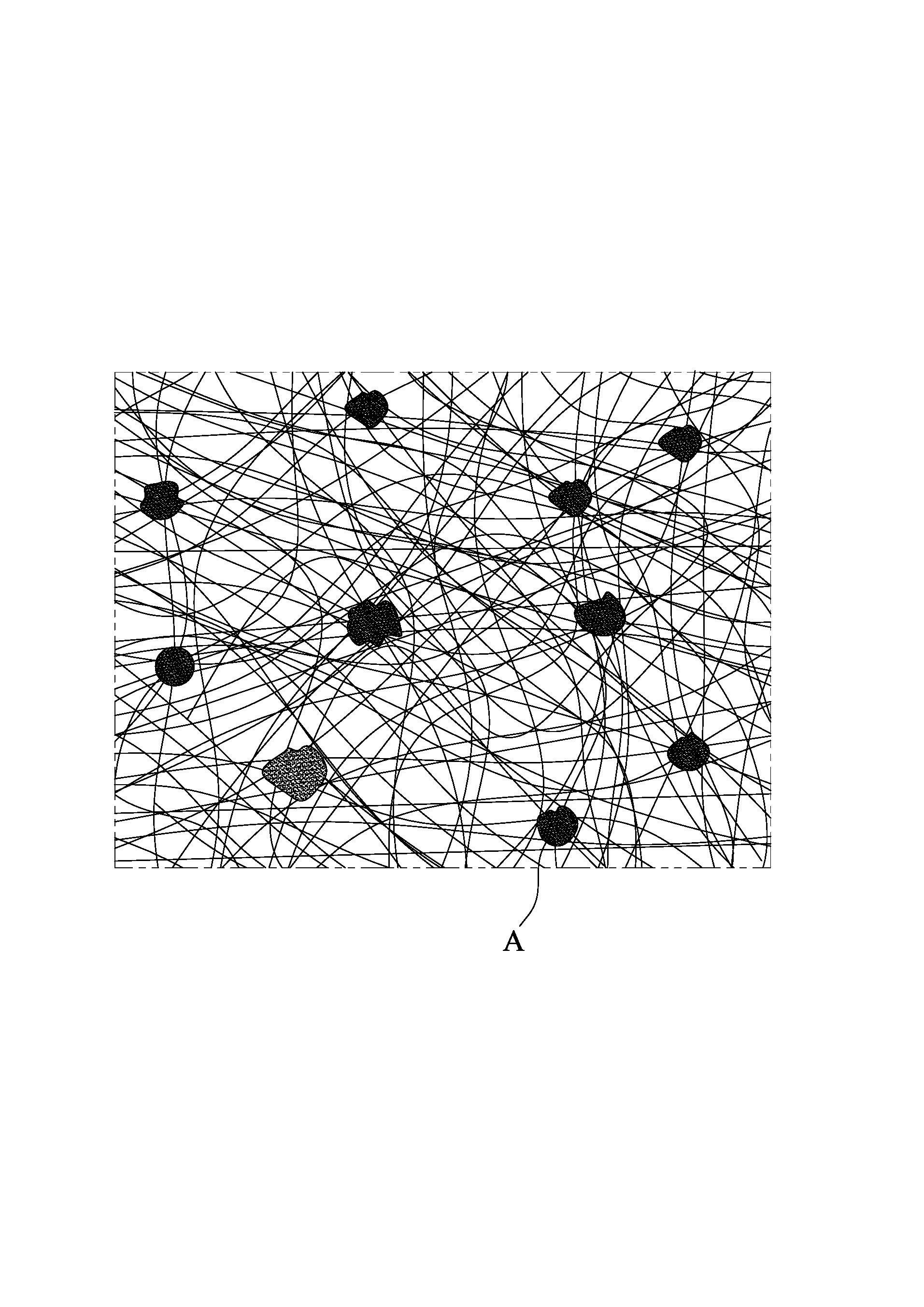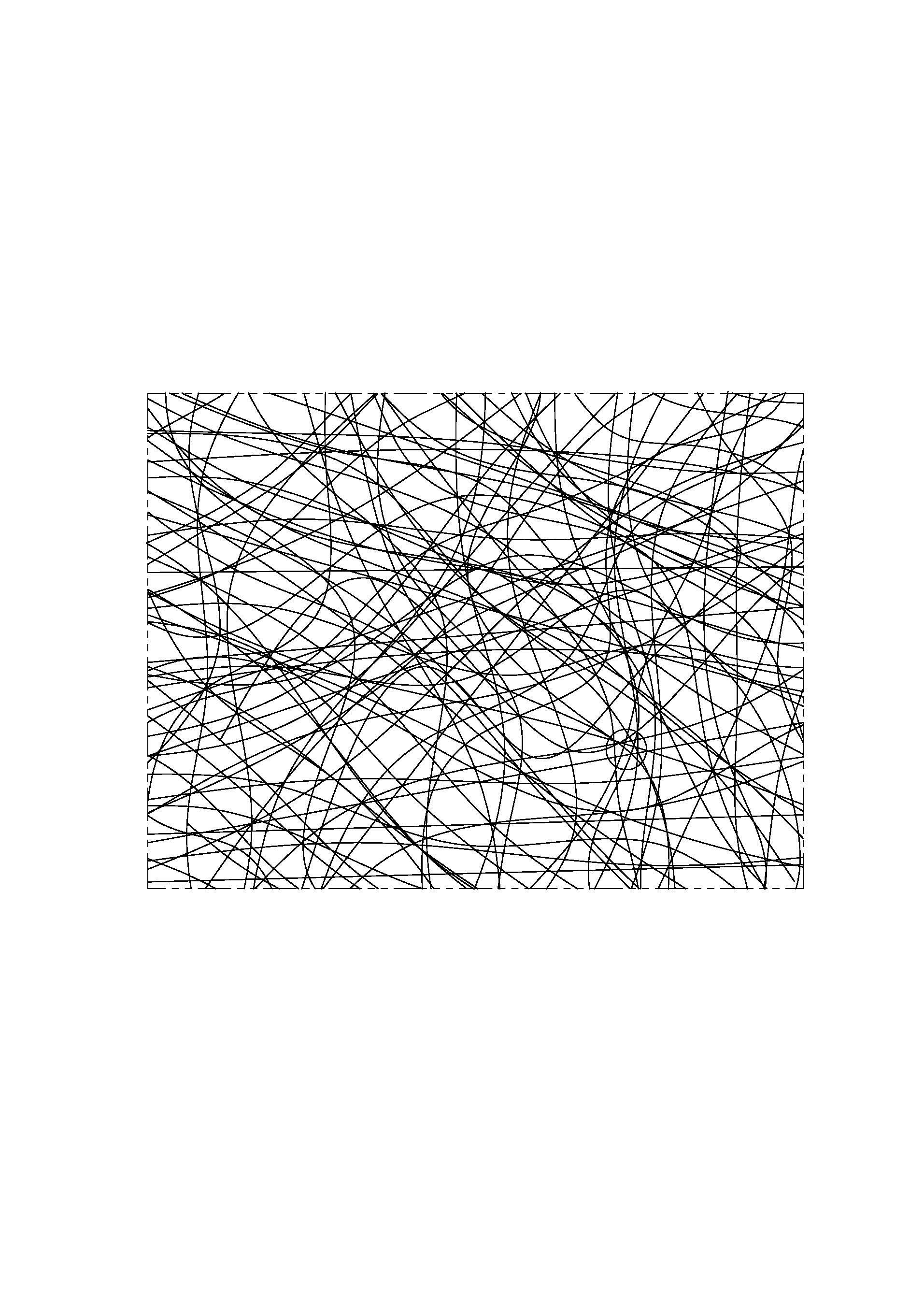Filament nonwoven fabric and production process thereof
A non-woven, long-fiber technology, used in textiles, papermaking, non-woven fabrics, etc., can solve the problems of large hot-rolled point area, damage to the baby's delicate skin, affect softness and fluffy, and save labor. Effect
- Summary
- Abstract
- Description
- Claims
- Application Information
AI Technical Summary
Problems solved by technology
Method used
Image
Examples
example 1
[0031] Example 1 Use PE and PET raw materials, extrude through a twin-screw extruder, pass through a spinneret to form long fibers with a sheath-core structure, after laying a net, pass through an oven for hot air molding, and finally cut and wind online to form a coil. The temperature of the hot air box is 138°C, and the weight of the product is 24g / m 2 Long fiber non-woven fabric.
example 2
[0032] Example 2 Use PE and PP raw materials, extrude them through an extruder, pass through a spinneret to form fibers with a parallel structure, after laying a net, pass through an oven for hot air forming, and finally cut and wind online to form a coil. The temperature of the hot air box is 135°C, and the weight of the product is 27g / m 2 Long fiber non-woven fabric.
example 3
[0033] Example 3 Low-melting point PET and PET raw materials were used, extruded through an extruder, passed through a spinneret to form fibers, after laying a net, passed through an oven for hot air forming, and finally cut and wound online to form a coil. The temperature of the hot air box is 125°C, and the weight of the product is 20g / m 2 Long fiber non-woven fabric.
[0034] In summary, since the non-woven fabric processed by the hot air process of the fiber filament in the present invention is fluffy, soft and elastic, and there is no raised fiber head, when touching the filament in the length direction, the surface is smooth and feels like silk; At the same time, due to the existence of fiber filaments, the non-woven fabric has a certain breaking strength, especially the longitudinal strength, which can withstand the tensile force during the machining of sanitary napkins, so as to ensure its smooth processing. Therefore, the long-fiber air-through nonwoven fabric produc...
PUM
| Property | Measurement | Unit |
|---|---|---|
| length | aaaaa | aaaaa |
| melting point | aaaaa | aaaaa |
| Basis weight | aaaaa | aaaaa |
Abstract
Description
Claims
Application Information
 Login to View More
Login to View More - R&D
- Intellectual Property
- Life Sciences
- Materials
- Tech Scout
- Unparalleled Data Quality
- Higher Quality Content
- 60% Fewer Hallucinations
Browse by: Latest US Patents, China's latest patents, Technical Efficacy Thesaurus, Application Domain, Technology Topic, Popular Technical Reports.
© 2025 PatSnap. All rights reserved.Legal|Privacy policy|Modern Slavery Act Transparency Statement|Sitemap|About US| Contact US: help@patsnap.com



